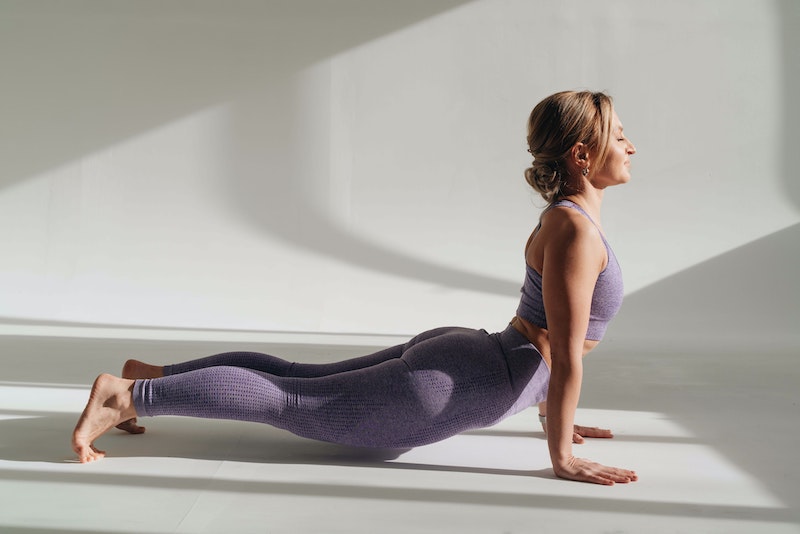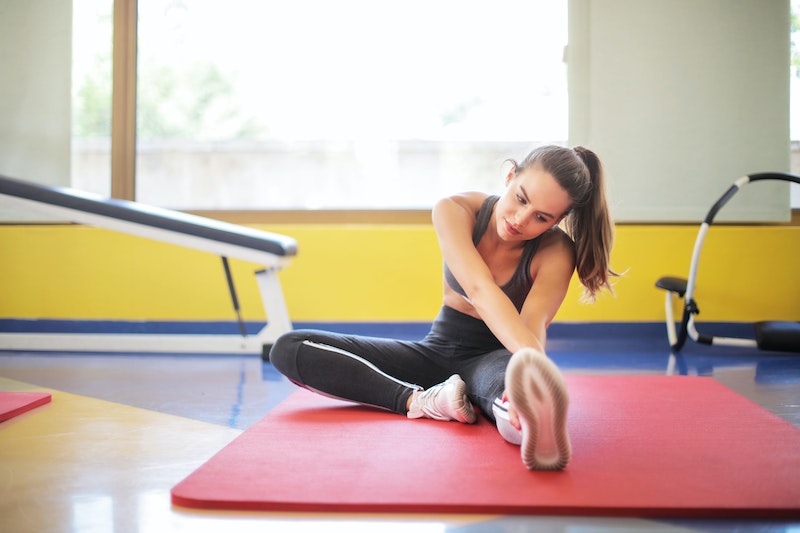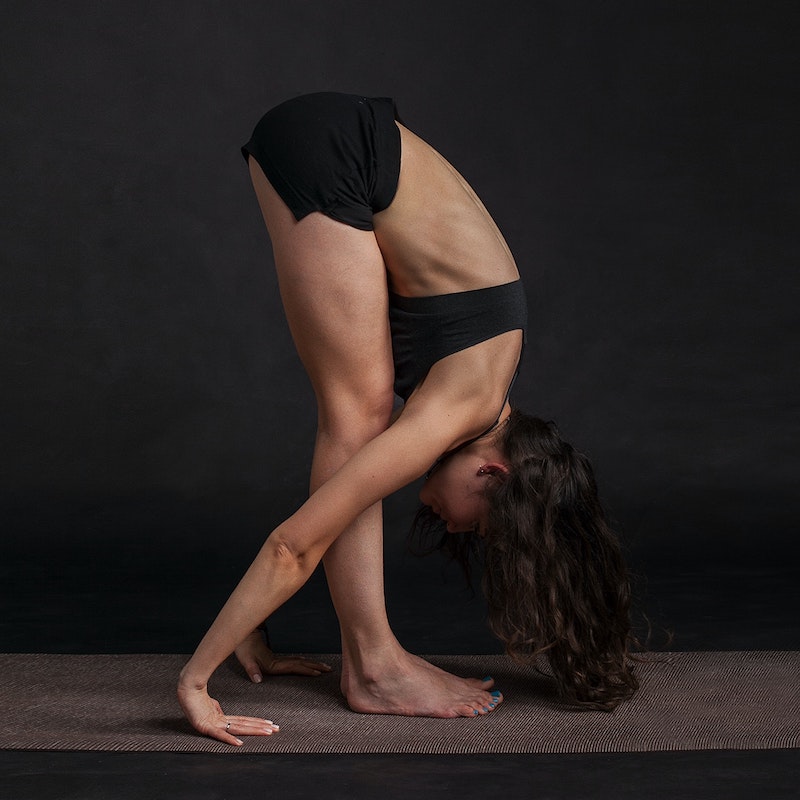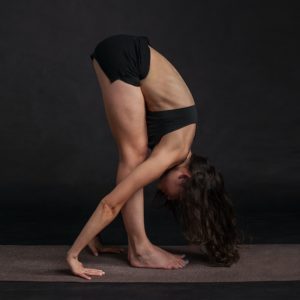Many people want to know how long it takes to become flexible. It is a question that many people have asked themselves, and with good reason. Flexibility training can be very beneficial for both your physical health and mental well-being.
However, there are not any definitive answers on the subject because everyone’s body is different! Some people will find success in just a few weeks while others may take months or even years before they see any results from their workouts.
What does this mean? Well, you should do what feels right for your own body! If you don’t feel like anything is changing after six months of trying flexibility exercises then stop doing them and try something else out instead!

How to Speed Up Flexibility
If you can’t give up the old habits, do a few modifications like using an exercise ball instead of a chair at work if possible or going on walks during breaks in order to keep up flexibility. And always stretch!
The good news is that you don’t have to wait for months or years before your flexibility improves! You can speed up the process by doing a few things:
– Stretch every day. This will make it easier and quicker to improve your flexibility because you are constantly keeping up with it instead of waiting for one big change.
– Do yoga often. Yoga helps increase blood flow, which in turn increases circulation throughout your entire body including all of those tight muscles! It also brings more oxygen into the cells and this means greater tissue elasticity.
– Use massage therapy on yourself or someone else once per week (or as needed). Massage not only feels great but also makes stretching much simpler with fewer inhibitions when performing them.
– Use a foam roller to massage out those tight muscles and knots which you may have developed with years of sitting or other activities that are not as good for your body.
Stretching every day is ok, but must be done correctly. Here’s a great article that explains why it’s ok and how to properly set up your stretching exercise routine.

Benefits of Increased Flexibility
The benefits of increased flexibility are numerous. Here are the top three benefits.
– Being more flexible means you can move better and do other activities that require flexibility. These include yoga, Pilates, the splits, and many others.
– Increased flexibility means that you will have a lower risk of injury in your joints and muscles when exercising or participating in many other activities.
– Flexibility also helps to reduce the risk of falls, which can be a major problem for seniors and those with disabilities.
– Increased flexibility improves your posture, which in turn can reduce fatigue and pain from standing or sitting up straight for long periods of time.
– Improved memory retention: greater flexibility means better blood flow throughout the body, including to your brain! This has been shown to improve our ability to remember things just like a daily dose of vitamin C boosts immunity.
Read about the 5 Secrets About The Benefits of Stretching Only a Few Know.

How Long Does It Take To Become Flexible
Becoming flexible takes time, but if you’re consistent with your flexibility training then reaching your goal shouldn’t take time. It’s hard to put an actual timeline on how long it’ll take for you to become flexible.
Flexibility is 100% individual and depends on the amount of time you spend stretching, how often you stretch, your background in gymnastics or dance training (or any other sport), age, etc.
Some people are naturally more flexible than others and some people just have that “go-getter” attitude that helps them reach their goals faster. But for most people, it’s a combination of these factors to help determine how long it takes to become as flexible as they want to be. I’ve written a blog post about the benefits of being flexible so check it out!







